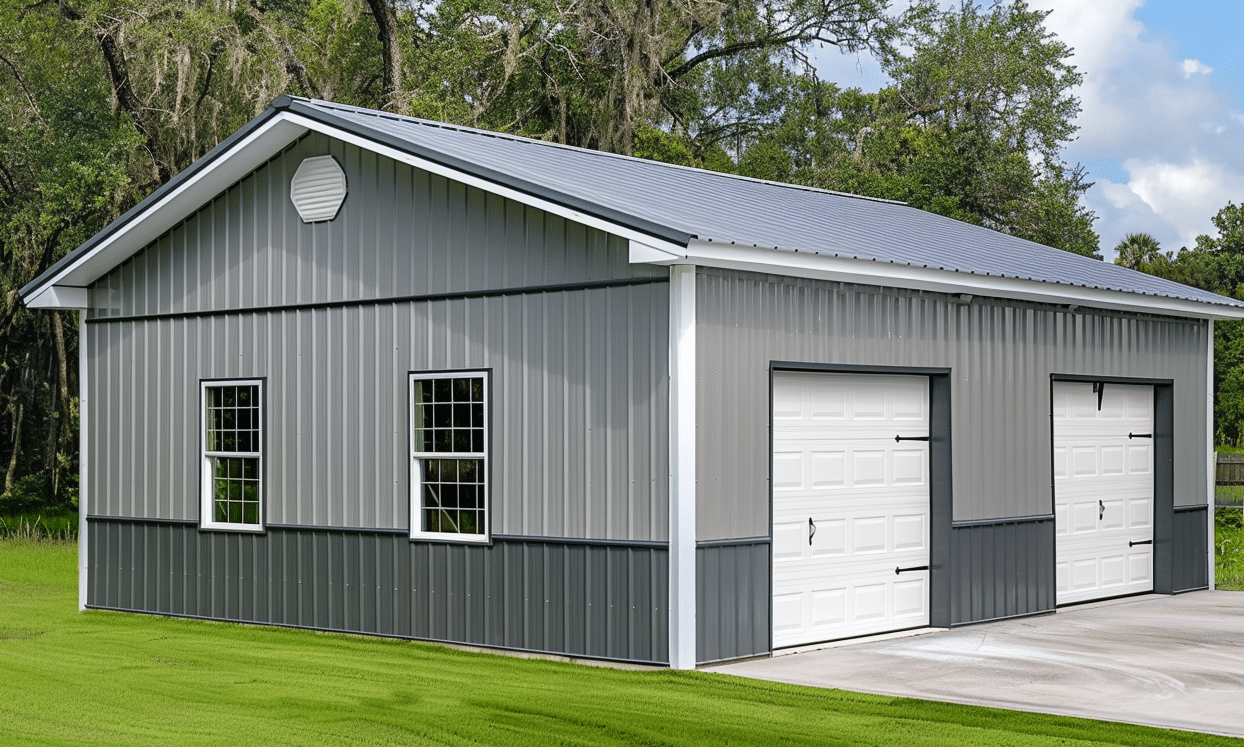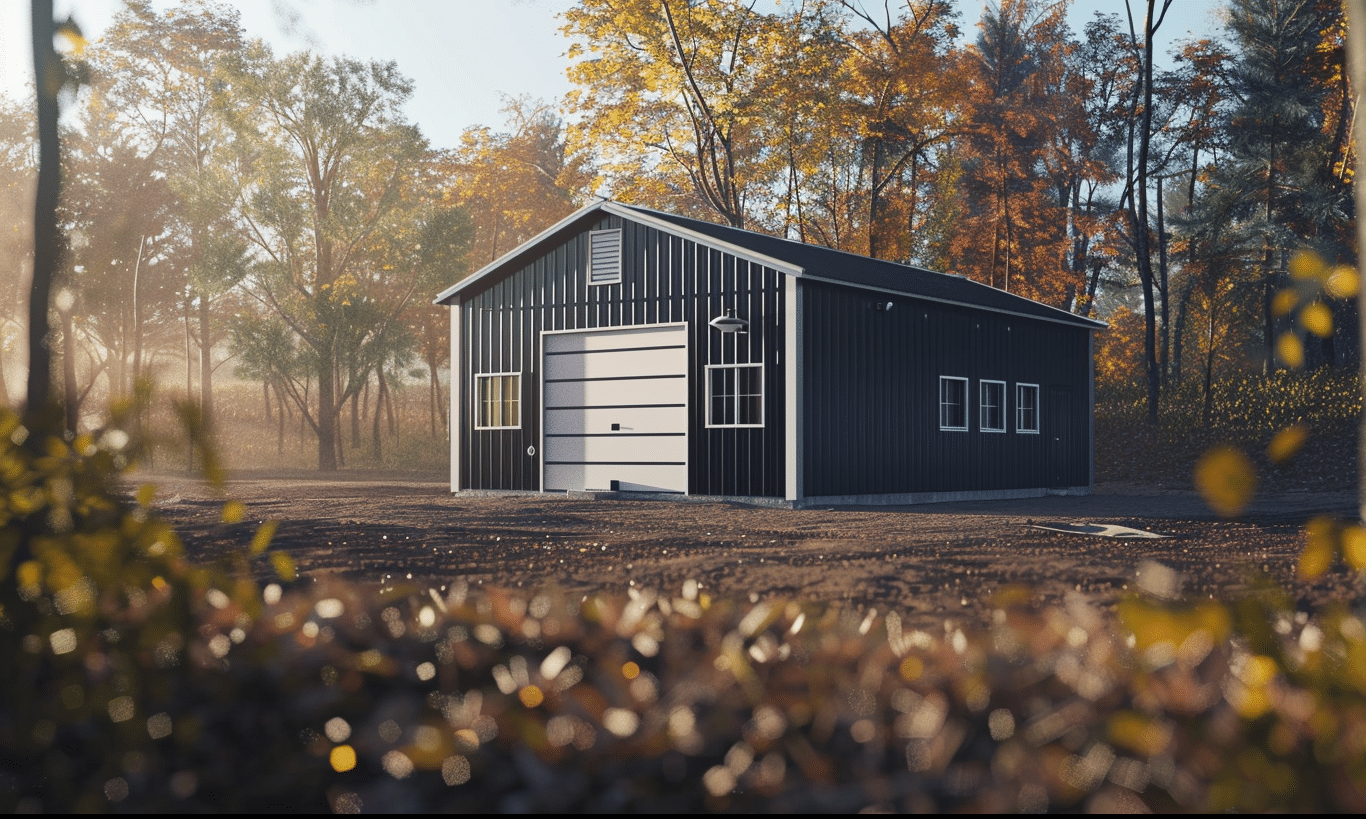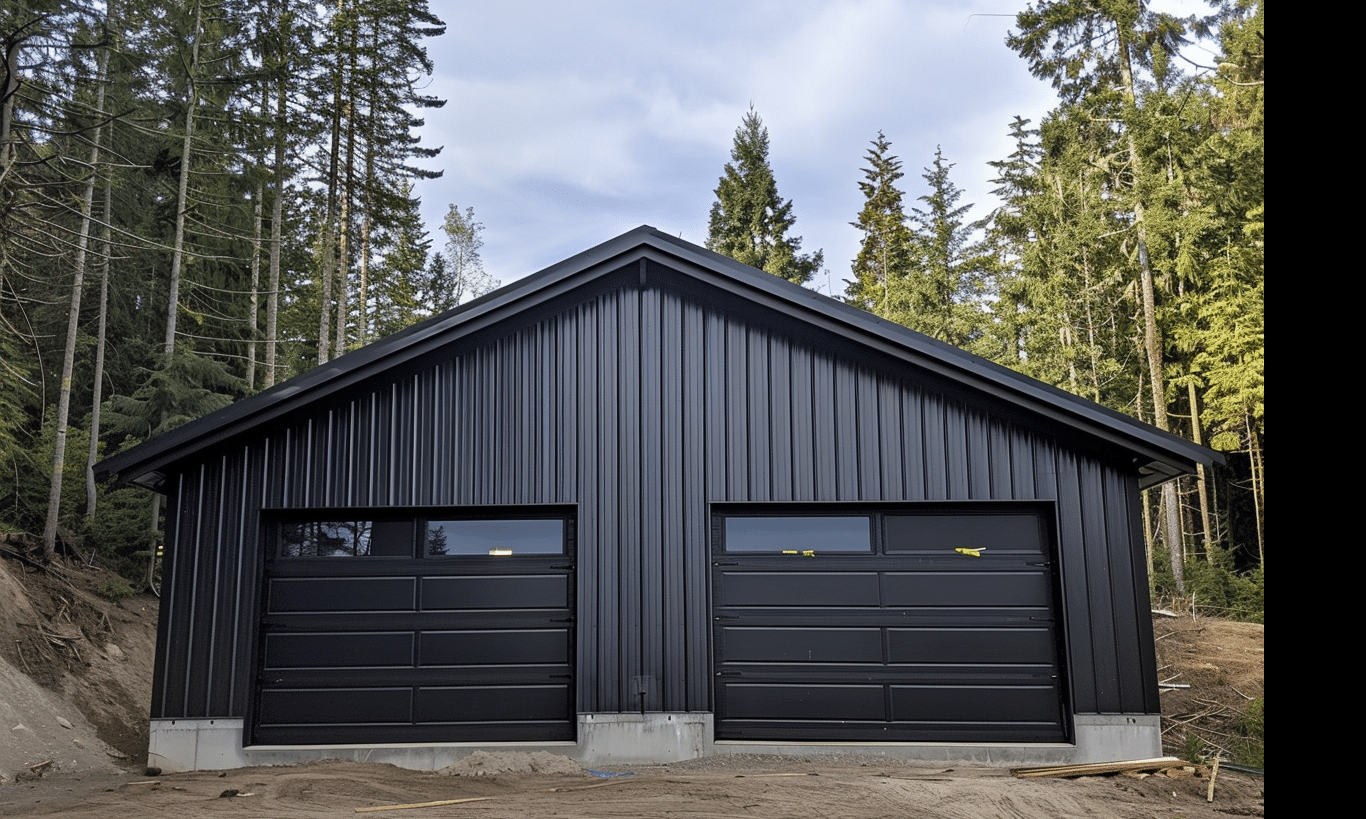Sure, let’s dive into the world of smart building systems and their transformative role in commercial construction. Imagine a future where commercial buildings not only provide shelter but also think, adapt, and respond to their environment and users in real-time. With the advent of smart building systems in construction, this isn’t a far-fetched scenario but a growing reality. These advanced technologies are more than just trends; they are revolutionizing the landscape of commercial real estate, enhancing efficiency, sustainability, and the overall tenant experience.
The Rise of Smart Building Systems
If walls could talk, they might tell the tale of a time when construction was just brick and mortar, but now, it’s a whole new ball game with smart building systems. So, what exactly are these systems, and why should the commercial construction industry pay close attention? Smart building systems incorporate IoT devices and advanced technology to automate and optimize building operations. By gathering and analyzing data from various sensors and systems, these buildings can enhance energy efficiency, security, and comfort for occupants. The aim is not only to ease management but also to achieve greater sustainability and energy savings.
Imagine walking into your office building as it adjusts the lighting and temperature to your preference even before you arrive. These systems offer a seamless symphony of automated operations using IoT. Remember those old sci-fi movies depicting futuristic buildings? Well, they are here and now, orchestrated by Buildings IoT.
Impact on Energy Efficiency and Sustainability
One might ask, “Why is there a buzz around these smart systems in the construction industry?” The answer is evident when we examine energy efficiency and sustainability. Traditional commercial buildings are notorious for their energy consumption, contributing significantly to carbon emissions. Enter smart building systems, designed to drastically cut down electrical usage by monitoring and optimizing energy consumption in real time.
A pivotal element driving these systems is their potential to achieve LEED certification in commercial construction. This certification is a testament to a building’s green credentials, promoting water savings, energy efficiency, and CO2 emissions reduction. Smart systems can significantly aid in this process, further cementing their role in the industry’s advancement toward sustainable practices. A win for developers and the planet alike!
Enhancing Tenant Experience
Beyond energy savings, smart building systems are all about creating enhanced experiences for occupants. With the rise of remote working and the evolving expectations of modern tenants, the demand for intelligent office spaces has never been higher. After all, who wouldn’t prefer an office that offers automated lighting, climate control, and interactive workspace applications that boost productivity?
Consider how Commercial Steel Buildings integrate these systems to merge traditional construction durability with cutting-edge technology. These integrations ensure that tenants enjoy not only robust and reliable structures but also efficient and flexible environments that cater to every need at a mere click.

Moreover, consider how steel structures are evolving. Take, for instance, a concept as simple as metal carports. They’re no longer just standalone structures but part of a network of smart nodes interacting with the environment and users. Energy management is more efficient, offering not just shelter for cars but spaces that harness solar energy or share usage data to inform better design and functionality.
Smart Building Systems: An Investment for the Future
A quick reflection on the financial implications might cross any savvy developer’s mind. Investing in smart building systems today will certainly cost more upfront than conventional methods, but the return is undeniable. With the rising cost of energy and changes in regulations, the need for efficient management systems will only grow. Cutting operation costs and adding value for tenants makes these systems not a mere expense but a strategic investment.
Additionally, the data analytics capabilities embedded in such systems provide developers with invaluable insights into building usage and management. Predictive maintenance alerts can prevent costly repairs and downtime, ensuring that the value of properties continues to rise.
And let’s not forget the impact on human capital. A well-integrated and managed environment lets your tenants focus on what they do best, increasing productivity and satisfaction. Isn’t that worth investing in for the long haul?

Smart Systems in Steel Constructions
A material that plays a harmonizing tune with smart building systems is steel. Long favored for its strength and versatility, steel is ideally suited to house modern technologies thanks to its adaptable nature. Think of Commercial Steel Buildings as tech hubs, offering reliable infrastructure for sensor installation and system integrations that transform passive buildings into active participants in energy efficiency.
Noteworthy is how steel buildings optimize space usage while hosting smart features. This is particularly beneficial for sectors requiring modular designs with flexible functionalities, such as tech start-ups and co-working spaces aiming to streamline operations for enhanced productivity.
The Future of Commercial Construction
As commercial construction embraces technology, smart building systems emerge as a catalyst for change. We see a future where technology and construction will harmonize to not only meet but exceed tenant expectations in functionality, sustainability, and resilience. Imagine steel structures standing tall not just as blocks of commerce but as intelligent fortresses capa–

ble of self-diagnosing and adapting, much like the structures in leading cities across the globe. Steel and smart tech have initiated a new era where buildings evolve with their environment and occupants’ needs.
Ready to dive deeper? Whether you’re planning a new project or looking to retrofit an existing one, there’s a wealth of knowledge and innovation waiting at your fingertips. Contact a trusted expert to discuss the next step towards smarter buildings. As the dynamics in commercial construction evolve, smart building systems forge a path toward innovation, sustainability, and human-centric environments.
In conclusion, the fusion of smart building systems with commercial construction represents not just a trend but a paradigm shift in how buildings operate and serve their tenants. As these systems become more mainstream, the potential for optimizing operations, enhancing tenant experiences, and contributing to sustainability goals will only increase. The commercial construction industry stands on the brink of a new era, one that promises a smarter, more efficient, and environmentally friendly future.










